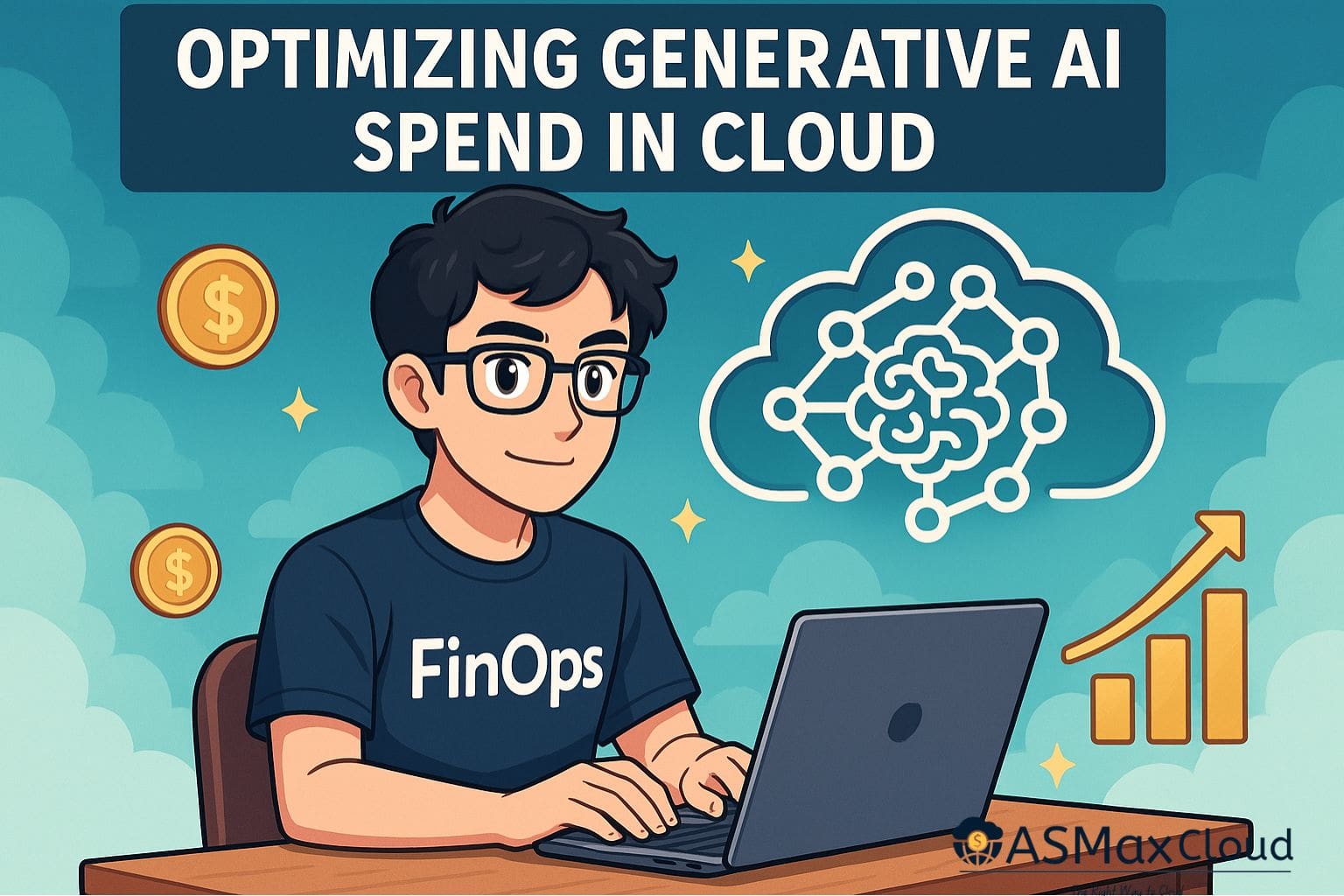Why Generative AI Costs Are Different
Token-centric billing changes everything
Unlike compute or storage-based workloads, generative AI charges based on tokens processed. These can fluctuate dramatically depending on user behavior, model size, and feature rollout. Traditional cost forecasting tools are often too blunt to capture this nuance.GPU utilization introduces unpredictable spikes
Inference and training jobs rely heavily on GPUs, which are expensive and frequently under-optimized. Workloads might appear idle while still incurring cost, especially if provisioning is not tightly controlled or scheduled.Rapid iteration outpaces budget awareness
Experimentation is the norm in AI development, with models fine-tuned repeatedly. This can lead to cost run-ups that engineers are often unaware of until it’s too late. FinOps must step in earlier during experimentation, not just during deployment.
Evolving Visibility and Metrics for AI Spend
Move from infrastructure to functional cost metrics
It is no longer sufficient to monitor compute hours or storage gigabytes. Organizations need to measure cost per inference, per summary, or per generated output. These metrics provide a more actionable and value-aligned lens for budgeting and accountability.Integrate token and inference tracking into dashboards
Visibility into token usage at the feature or user level should be real-time and contextual. This data allows FinOps teams to correlate spikes with releases, usage surges, or bugs.Enable early-stage anomaly detection
Since AI cost anomalies can escalate within hours, alerts must be tied to usage thresholds at the token or GPU level. Waiting until the billing cycle closes is too late for correction.
Optimizing the Infrastructure That Powers AI
Choose right-sized models for the job
Not every application needs the largest available model. Where speed or simplicity is more important than creativity, smaller or distilled models reduce token usage and inference cost substantially.Apply smarter GPU provisioning and scheduling
Move batch jobs to off-peak periods and use shared GPU instances where feasible. Tag workloads based on priority and ensure that non-production jobs do not run in costly environments unnecessarily.Treat GPU saturation as both a performance and cost signal
A highly utilized GPU may not always mean efficient use. It is crucial to correlate utilization with task criticality and output value.
Governance That Supports Innovation Without Waste
Introduce guardrails without slowing teams down
Set maximum spend thresholds, enforce approval workflows for larger models, and restrict usage in dev environments. This maintains agility while preventing runaway experimentation.Shift accountability closer to developers and data scientists
Make cost metrics accessible in the tools teams already use. Providing real-time cost feedback during development helps align behavior with budget objectives.Use tagging to drive chargeback or showback
Every AI workload should be tagged by function, team, and environment. This allows granular attribution and ensures costs are visible to the right stakeholders.
Linking FinOps Metrics to AI Outcomes
Focus on unit cost trends over time
Track how the cost per output improves with each iteration or infrastructure change. This helps justify investment and identify opportunities for refinement.Correlate spend with business performance
For example, if AI-generated summaries reduce manual work or improve customer engagement, tie those benefits back to the token and GPU costs they required.Benchmark model performance versus cost efficiency
Make model selection a financially informed decision, not just a technical one. Choose the model that delivers acceptable quality at optimal cost.
